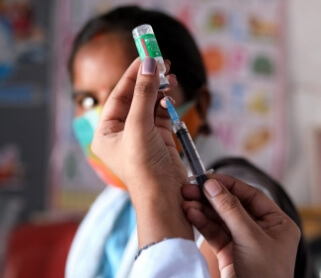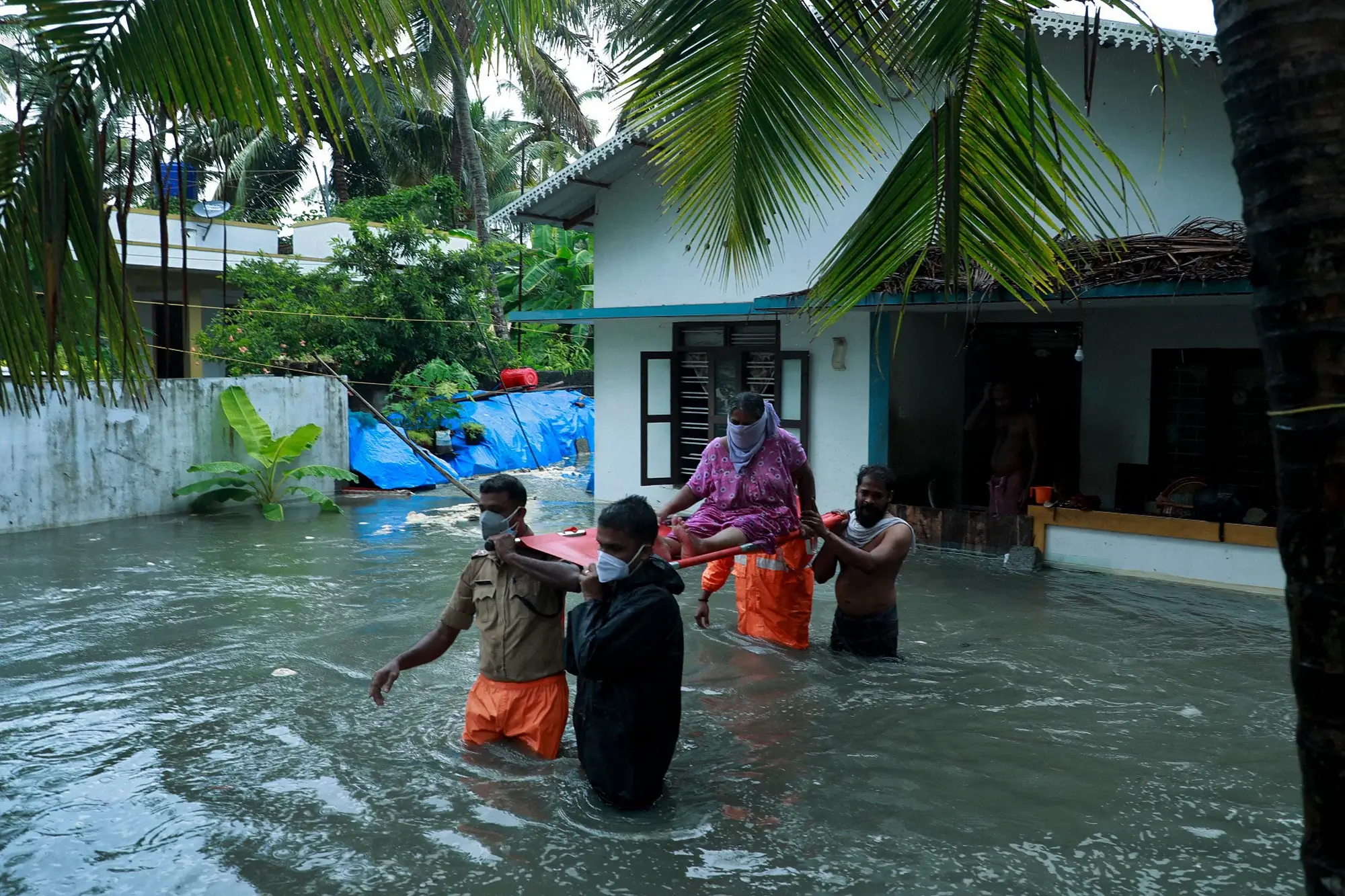- G 1/200, Azad Society, Ahmedabad 380 015. Gujarat (India)
- +91 79 26746145, 26733296
- contact@iaggujarat.org
Terms & Conditions | Disclaimer | Privacy Policy
IAG Gujarat ©2023 | All Rights Reserved
Communities face significant risks from natural and anthropogenic disasters, as well as epidemics, which endanger lives, livelihoods, and the environment. Government agencies are crucial in providing essential functions during these critical situations, including early warnings, evacuation, rescue, relief, and healthcare services. Alongside these efforts, non-governmental organizations (NGOs), community-based organizations (CBOs), and corporate social responsibility initiatives (CSRs) collaborate to provide swift responses, contributing to a comprehensive disaster response network.
In a state comprising 33 districts, approximately 24 districts are prone to a variety of calamities such as floods, earthquakes, hurricanes, droughts, industrial accidents, road incidents, epidemics, and diseases. To tackle these recurring challenges, robust disaster preparedness strategies are imperative.
The efficacy of disaster response operations can be significantly enhanced through collaborative coordination involving government entities, NGOs, CBOs, and CSRs active in the district. The Inter-Agency Group (IAG), Gujarat serves as a network for close cooperation between these entities, focusing on all aspects of emergencies, from readiness to recovery and rehabilitation. By adopting a “Build Back Better” approach, the IAG seeks to strengthen communities’ resilience in the face of disasters.


objectives
IAG-Gujarat has been started for coordination among agencies at the district and state level, the main objectives of which are as follows:
This collaborative effort bore fruitful results, as it managed to extend support to over 3000 families. These families received crucial assistance in the form of essential dry rations, shelter provisions, and hygiene kits, alleviating the immediate hardships caused by the disaster.